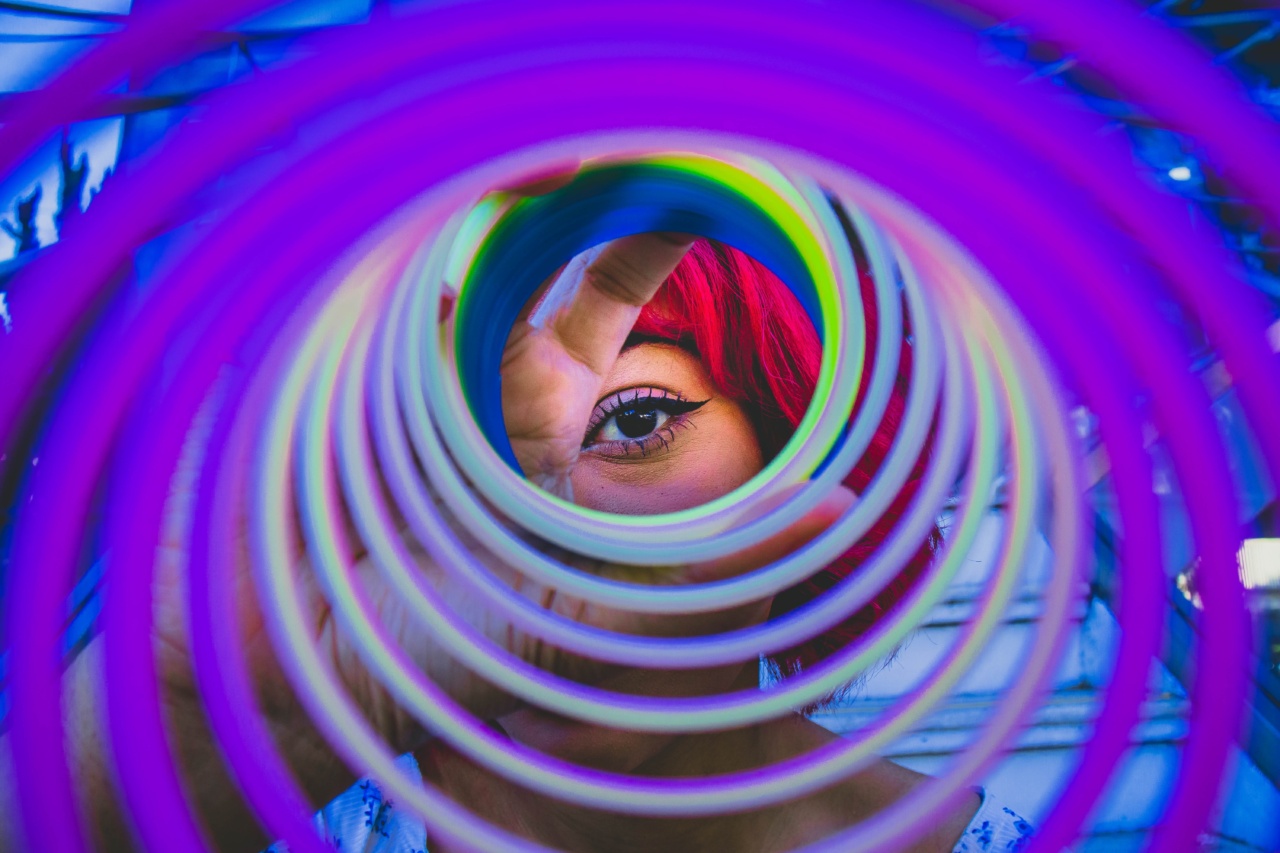Spring is often called the season of allergies because this is the time of the year when many people experience allergic reactions. These allergies can affect the eyes, causing symptoms like redness, itching, and watering.
Here are some of the most prevalent eye allergies during spring:.
1. Pollen Allergy
Pollen is one of the most common allergens during the spring season. It is produced by trees, grasses, and flowers and is carried by the wind to fertilize other plants. When pollen comes in contact with the eyes, it can trigger an allergic reaction.
Pollen allergy can cause redness, itching, and watering in the eyes. In severe cases, it may also cause inflammation and swelling of the eyelids.
2. Mold Allergy
Mold is another common allergen during the spring season. It can grow in damp areas and can be found in outdoor environments, such as gardens, forests, and fields.
When mold spores come in contact with the eyes, they can trigger an allergic reaction, causing symptoms like redness, itching, and watering. In severe cases, mold allergy can cause conjunctivitis, which is an inflammation of the eye’s outer membrane.
3. Dust Allergy
Dust is a year-round allergen, but it can become more prevalent during the spring season due to increased dust mite activity. Dust mites are microscopic creatures that thrive in warm and humid environments.
When their droppings come in contact with the eyes, they can trigger an allergic reaction, causing symptoms like redness, itching, and watering. In severe cases, dust allergy can cause conjunctivitis and other eye infections.
4. Pet Allergy
Many people have pets like dogs and cats, and some individuals may be allergic to them. During the spring season, pet allergy can become more prevalent because pets tend to shed their winter coats.
When pet dander and fur come in contact with the eyes, they can trigger an allergic reaction, causing symptoms like redness, itching, and watering. In severe cases, pet allergy can cause chronic conjunctivitis and eye infections.
5. Insect Allergy
During the spring season, insects like bees, wasps, and mosquitoes become more active. When these insects sting or bite, they can trigger an allergic reaction, causing symptoms like redness, itching, and watering in the eyes.
In severe cases, insect allergy can cause anaphylaxis, which is a life-threatening condition that requires immediate medical attention. Individuals with insect allergy should always carry an epinephrine auto-injector with them.
6. Contact Lens Allergy
Individuals who wear contact lenses may experience allergic reactions during the spring season. Contact lens allergy can occur due to pollen, dust, and other allergens that come in contact with the lenses.
When this happens, the eyes may become red, itchy, and watery. In severe cases, contact lens allergy can cause corneal ulcers, which are open sores on the cornea that can lead to vision loss.
7. Makeup Allergy
Some individuals may experience allergic reactions to makeup during the spring season. This can occur due to the use of expired or contaminated makeup products or due to exposure to allergens in the environment.
Makeup allergy can cause redness, itching, and swelling in the eyes. In severe cases, it can also cause conjunctivitis and other eye infections.
8. Food Allergy
Food allergy can also cause eye problems during the spring season. Individuals who are allergic to certain foods, such as peanuts, may experience symptoms like redness, itching, and watering in the eyes after eating them.
In severe cases, food allergy can cause anaphylaxis, which is a life-threatening condition that requires immediate medical attention.
9. Chemical Allergy
Chemical allergy can also cause eye problems during the spring season. Individuals who work with chemicals or use cleaning products may experience allergic reactions that can affect the eyes.
Chemical allergy can cause redness, itching, and watering in the eyes. In severe cases, it can also cause conjunctivitis and other eye infections.
10. Smoke Allergy
Smoke allergy can also cause eye problems during the spring season. Individuals who are exposed to smoke from cigarettes, fires, or other sources may experience allergic reactions that can affect the eyes.
Smoke allergy can cause redness, itching, and watering in the eyes. In severe cases, it can also cause corneal ulcers and other eye problems.
Conclusion
Eye allergies can be caused by a variety of factors during the spring season, such as pollen, mold, dust, pets, insects, contact lenses, makeup, food, chemicals, and smoke.
If you experience any of the symptoms mentioned above, it’s important to seek medical advice from an eye doctor. They can provide a proper diagnosis and treatment plan to help alleviate allergy symptoms.



























